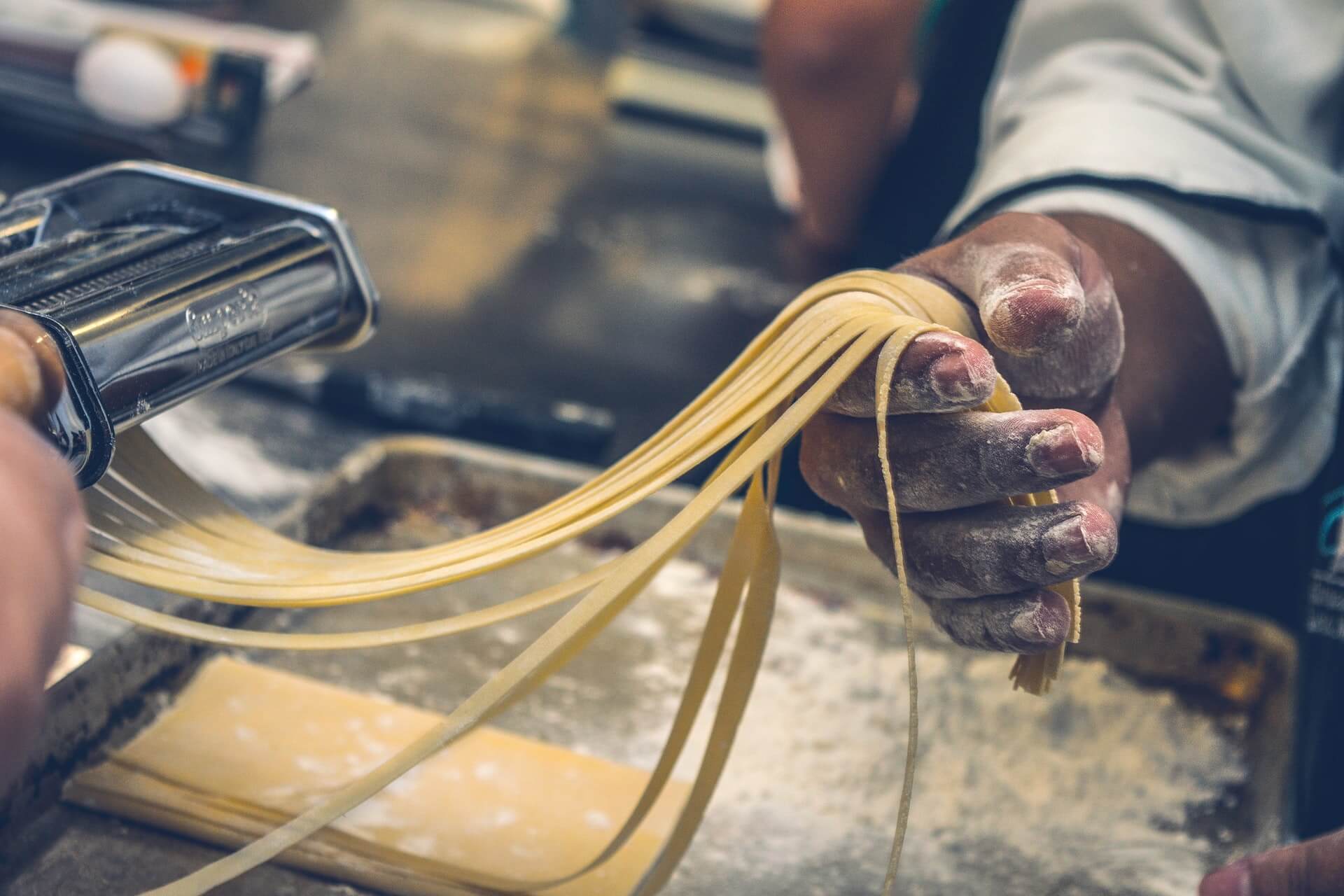Hard Numbers for the Holidays
by David Klemt

From comfort foods and specific seasonal flavors to LTOs and traditional tastes, data reveal what consumers want this holiday season.
As we reported last week, there’s reason to be optimistic about this year’s holiday season.
According to Datassential, consumers are eager to visit sit-down restaurants this month. One of their key findings was that the average group size will likely be smaller than normal.
Specifically, most groups will probably consist of seven to 12 guests. Crucially, Datassential sees potential from people eager to gather with family and friends for the holidays. Even better, of all options, sit-down restaurants are the top choice for gatherings outside of homes.
But drilling down deeper, what do guests want from restaurants during the holidays?
The Numbers
So, when it comes to the holidays, Datassential wants operators to remember that December includes more than Christmas and New Year’s Eve.
To that end, the first numbers I’m presenting are dates:
- Hanukkah: November 28 to December 6 (ends this evening!)
- Soyal: December 21
- Christmas: December 25
- Boxing Day: December 26
- Kwanzaa: December 26 to January 1
- New Year’s Eve: December 31
- New Year’s Day: January 1
Those dates reveal something compelling: Plenty of opportunity to get creative and ramp up limited-time offers. Per Datassential, nearly half (44 percent) of consumers look forward to seasonal, holiday-themed LTOs.
In fact, roughly two out of five consumers find seasonality to be an important factor in their decisions to order LTOS and new menu items.
However, it’s important to know your audience and brand when coming up with special menu items. That’s because according to Datassential, 62 percent of consumers, at least for 2021, want classics and comfort food this season.
So, Datassential cautions operators against veering “too far” from traditional seasonal menu items and comfort foods. That said, you should know how far outside the box you can push your guests.
The Flavors
We’re not technically out of the fall just yet. The start of winter is December 21.
It can be smart to begin transitioning from fall to winter flavors over the next week or so. However, it may not be wise to toss fall flavors out entirely.
Datassential identifies the following as key fall flavors:
- Apple cranberry
- Butternut squash
- Chestnut
- Duck
- Pumpkin pie
- Stuffing
And these are important winter flavors, per Datassential:
- Chocolate almond
- Candy cane
- Lobster cream
- Lox
- Red velvet
- Toasted coconut
Those are by no means the only fall and winter flavors that will appeal to your guests. However, Datassential identifies them as top fall and winter flavors.
Something to think about when finalizing your winter LTO food and beverage menus.
Another thing to think about? Updating your listings to include holiday hours, LTOs, and other menu changes.
Image: Ryan Wallace on Unsplash



